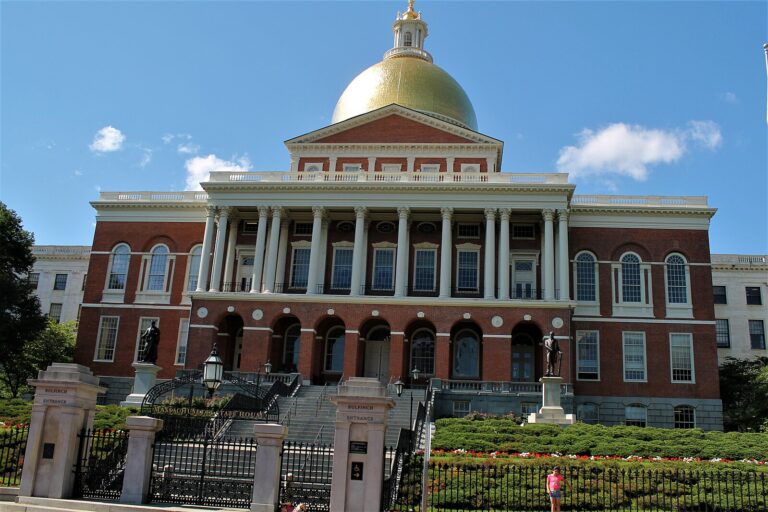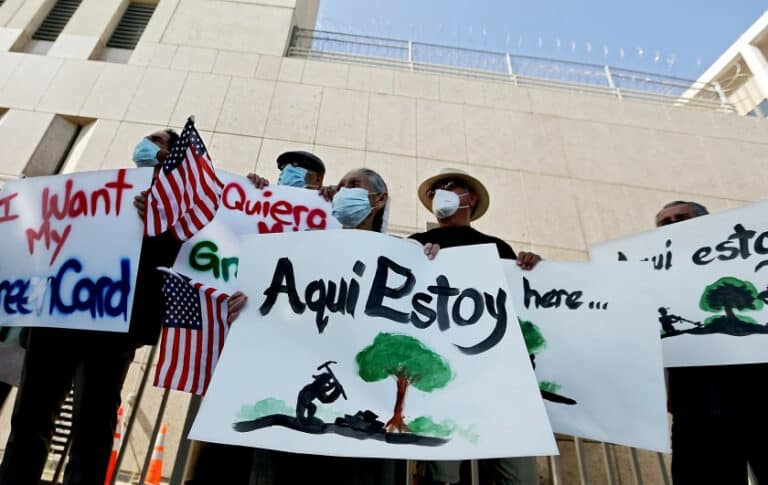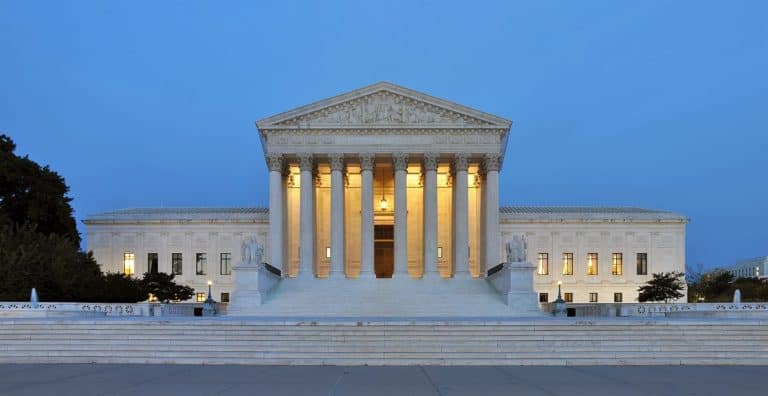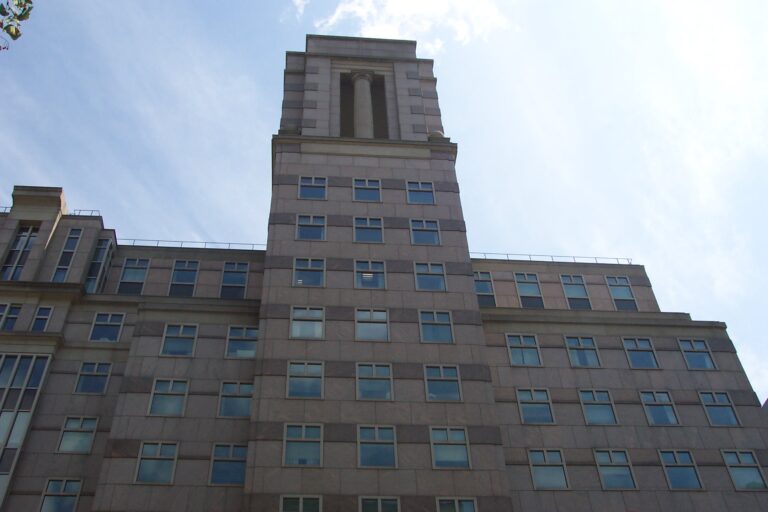Full-time, tenured university professors are starting to become a thing of the past — and not just in history departments.
On Monday, the New York Times and NBC News published the latest in several recent articles on the rise of part-time and non-tenure-track professors, who now compose the vast majority of university faculty in the United States. The “adjunctification” of higher education has been a closely watched phenomenon since the 1980s, but recent statistics suggest the trend is growing at an alarming rate. Since the 1990s, part-time appointments nationally have escalated by more than 300 percent, with tenure-track professors declining from 47 percent of university faculty in 1993 to 30 percent in 2011.
Traditionally, the expectation for college students who wished to become professors was to go to graduate school for several years, earn a degree, and hopefully land a tenure-track appointment after graduating. While that expectation may never have been consistent with reality, for most students today it is a pipe dream. Whereas there was a shortage of qualified PhDs in the 1960s, by the 1990s there was a surplus. Now, Jordan Weissmann at The Atlantic estimates that only 39.4 percent of humanities PhD holders found academic jobs after graduation in 2011, down from 44 percent in 1991. (The numbers are even lower in the sciences.)
Among history PhDs, for example, the American Historical Association surveyed the graduating classes of 1998 to 2001, finding that 53 percent had tenure or tenure-track jobs compared to 13.5 percent in non-tenure-track appointments. But for the graduating classes of 2006 to 2009, fewer than half had tenure-track jobs, with 25.6 percent in non-tenure-track appointments. As universities invest in online educational programs in which computers grade students’ essays, there is strong reason to believe this trend will accelerate.
Reasons for the increased number of adjuncts vary: universities may be coping with budget shortfalls or simply realizing that non-tenure-track and adjunct professors are cheaper than investing in tenured faculty. But the sharp increase in non-tenure-track faculty has already changed the profession. The Times article and American Association of University Professors report that many adjunct professors struggle to make ends meet, as most are paid a fraction of what their tenured peers earn solely for the hours in the classroom, as opposed to time spent grading, in office hours, or preparing for class. As teachers and other “learned professionals” are exempt from the Fair Labor Standards Act, this can amount to as little as $24,000 a year for a full-time workload — too little to repay what can amount to $30,000 in loans for many PhD students. Moreover, adjunct professors often lack healthcare benefits, roles in university governance, or the job security that accompanies a tenure-track post. The AAUP argues that this harms not only the professors but also students, as high turnover among faculty means many students will fail to develop relationships with professors that they will need for later recommendations.
Adjunct professors have recently begun to look toward unions to bargain for better benefits and wages. The Service Employees International Union recently launched a national campaign to organize adjuncts, holding successful drives at Georgetown last May, Tufts last September, and Whittier College in Los Angeles last December. Not all adjuncts have agreed that unions are the answer, however — adjuncts at Bentley University in Boston recently voted by a 100–98 margin against unionization. Yet with new drives planned this year at schools such as Lesley University in Boston, the SEIU hopes to raise the standard of living for adjunct professors.
Additionally, many of the graduate students who hope eventually to enter the teaching market have also sought to unionize. After the National Labor Relations Board issued a series of back-and-forth decisions in the 2000s over whether graduate students qualify as “employees” under federal law, the United Auto Workers and New York University reached a deal last November to allow the UAW to represent the school’s teaching assistants. One month later, 98 percent of students voted to accept the union.
It is unclear what effect unions will have on the trend toward adjunct and non-tenure-track positions across the country. But as more PhDs graduate into increasingly unpredictable career paths, adjunct professors represent an increasingly active field for traditional labor campaigns.






Daily News & Commentary
Start your day with our roundup of the latest labor developments. See all
July 2
Block, Nanda, and Nayak argue that the NLRA is under attack, harming democracy; the EEOC files a motion to dismiss a lawsuit brought by former EEOC Commissioner Jocelyn Samuels; and SEIU Local 1000 strikes an agreement with the State of California to delay the state's return-to-office executive order for state workers.
July 1
In today’s news and commentary, the Department of Labor proposes to roll back minimum wage and overtime protections for home care workers, a federal judge dismissed a lawsuit by public defenders over a union’s Gaza statements, and Philadelphia’s largest municipal union is on strike for first time in nearly 40 years. On Monday, the U.S. […]
June 30
Antidiscrimination scholars question McDonnell Douglas, George Washington University Hospital bargained in bad faith, and NY regulators defend LPA dispensary law.
June 29
In today’s news and commentary, Trump v. CASA restricts nationwide injunctions, a preliminary injunction continues to stop DOL from shutting down Job Corps, and the minimum wage is set to rise in multiple cities and states. On Friday, the Supreme Court held in Trump v. CASA that universal injunctions “likely exceed the equitable authority that […]
June 27
Labor's role in Zohran Mamdani's victory; DHS funding amendment aims to expand guest worker programs; COSELL submission deadline rapidly approaching
June 26
A district judge issues a preliminary injunction blocking agencies from implementing Trump’s executive order eliminating collective bargaining for federal workers; workers organize for the reinstatement of two doctors who were put on administrative leave after union activity; and Lamont vetoes unemployment benefits for striking workers.